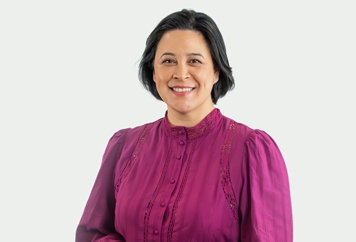Do you need assistance understanding your commercial lease documents?
Get the right advice — contact commercial leasing expert, Kristal Rogers today to set up an appointment.
email Kristal
+64 9 837 6896


10 July, 2013 | Kristal Rogers
In previous editions of the lease there was no separate definition of premises; the definition was incorporated in the definition of “property” and “building”. The definition of “premises” and “landlords fixtures and fittings” had been distinguished so that the tenant took a lease of the premises and then had the right to use the landlord’s fixtures and fittings (a bit like a licence). This resulted in inconsistencies in the maintenance, defects and additions and alterations provisions of the lease and in the provisions relating to the Landlord’s right of inspection.
The new definition of premises now includes all of the landlords fixtures and fittings situated on the premises and any specific fixtures and fittings that have been listed in the Fourth Schedule to the Lease (if any).
The Fourth Schedule is a new addition and provides a place where the Landlord can itemise any specific fixtures and fittings that the Landlord owns.
The result is that this edition of the Lease is now consistent with how the previous forms of lease that were being used, were operating in practice. A beneficial effect for the landlord is that there is now no doubt as to whether the tenant is responsible for the repairs and maintenance of the landlord’s fixtures and fittings as where the tenant is responsible for repairs and maintenance of the premises, the tenant is also responsible for repairs and maintenance of landlord’s fixtures and fittings.
As a result of this change, other references to fixtures and fittings throughout the lease have been removed where they are no longer required and where the term “premises” is used, this is to be read to include the landlord’s fixtures and fittings.
For example:
Tenant’s Maintenance and Care of Premises (clause 8):
The Tenant’s obligation to “keep and maintain the interior of the premises including the Landlord’s fixtures and fittings” is now an obligation to “keep and maintain the interior of the premises” of which the fixtures and fittings now form part.
Further, the “right to use” on the front page of the Lease has been amended to remove reference to “fixtures and fittings” and now only references common areas and reads:
“The Landlord leases to the Tenant and the Tenant takes on a lease the premises and the car parks (if any) described in the First Schedule together with the right to use the “common areas of the property for the term from the commencement date…..”
There is also a new Fifth Schedule to the Lease which provides for a “Premises Condition Report”. It is optional for the landlord and tenant to have either an independent condition report on the premises completed at the commencement of the lease (or as close to as is practicable) or that they do one themselves. This report would provide evidence as to the state of the Premises at the commencement of the Lease. Remember, as premises now includes the landlord’s fixtures and fittings, the condition of those fixtures and fittings should be included in the condition report.
A suggested way for the landlord and tenant to do the report themselves would be for a schedule of rooms /spaces/fixtures and fittings to be listed with a check column for whether those were in excellent, good, or poor condition be ticked. Then photos could be taken, then both the landlord and tenant can sign the report and it can either be incorporated into the Fourth Schedule page of the lease (if it will fit) or attached to the Lease. If an independent premises condition report is obtained then this would just be attached. Who bears the cost of the independent premises condition report should be stated in the Lease.
As has always been the case the tenant’s responsibility for maintenance excludes any liability for fair wear and tear arising from reasonable use.